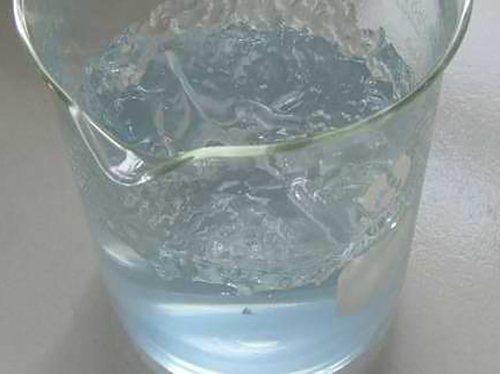polyacrylamide flocculant
The Role of Polyacrylamide Flocculant in Water Treatment
Polyacrylamide (PAM) flocculant is a synthetic polymer widely used in various industries, particularly in water treatment processes due to its effective flocculating properties. This polymer plays a crucial role in clarifying water by facilitating the aggregation of suspended particles, which can then be easily removed from the water.
One of the key advantages of polyacrylamide is its versatility. Depending on its molecular weight and charge density, PAM can be tailored to specific applications. For instance, anionic, cationic, and non-ionic variants of polyacrylamide are available, enabling it to interact with different particle types and achieve optimal flocculation under various conditions.
In municipal wastewater treatment, PAM effectively reduces turbidity in water by promoting the coagulation and settling of suspended solids. The flocculation process involves the adsorption of the polymer onto the surface of particles, leading to the formation of larger aggregates or flocs. These flocs can be easily removed through sedimentation or filtration, resulting in clearer effluent. This process is not only effective but also promotes compliance with environmental regulations concerning wastewater discharge.
Similarly, in industrial applications, polyacrylamide flocculants are used for the treatment of process water, enhancing the efficiency of operations such as mining, paper manufacturing, and oil recovery. In the mining industry, PAM aids in the clarification of water used in mineral processing, improving the yield and reducing the environmental impact.
polyacrylamide flocculant

Another notable application of PAM is in the food and beverage sector. Water used in food processing often contains suspended solids that can compromise product quality. By utilizing polyacrylamide flocculants, manufacturers can ensure cleaner water is used, thus enhancing the safety and quality of the final products.
Despite its numerous benefits, the use of polyacrylamide flocculants must be approached with caution. Residual PAM in treated water can pose environmental risks if not managed properly. Therefore, it is crucial to optimize the dosage and ensure efficient removal of flocs from the treated water before discharge.
Furthermore, ongoing research aims to develop more sustainable and eco-friendly alternatives to traditional polyacrylamide flocculants. Biodegradable materials and natural polymers are being explored to reduce environmental impacts while maintaining effective flocculation capabilities.
In conclusion, polyacrylamide flocculants play a vital role in water treatment, enhancing the clarity and quality of water across various sectors. Their efficiency in facilitating particle aggregation makes them indispensable in both municipal and industrial applications. However, it is essential to balance their use with environmental considerations to ensure sustainable water management practices. Continued innovation in flocculant technology will likely lead to safer and more effective solutions for future water treatment challenges.
-
Understanding Polycarboxylic Acids: Properties, Applications, and Future PotentialNewsJul.28,2025
-
Scale Inhibitor Explained: How to Protect Your System from Limescale and Hard Water DamageNewsJul.28,2025
-
Scale and Corrosion Inhibitors: Essential Chemicals for Industrial Water System ProtectionNewsJul.28,2025
-
Polyaspartic Acid: A Biodegradable Polymer for Sustainable ChemistryNewsJul.28,2025
-
Isothiazolinones: A Versatile Antimicrobial Class with Industrial Power and Regulatory ChallengesNewsJul.28,2025
-
A Deep Dive into 2-Phosphonobutane-1,2,4-Tricarboxylic Acid (PBTC)NewsJul.28,2025





